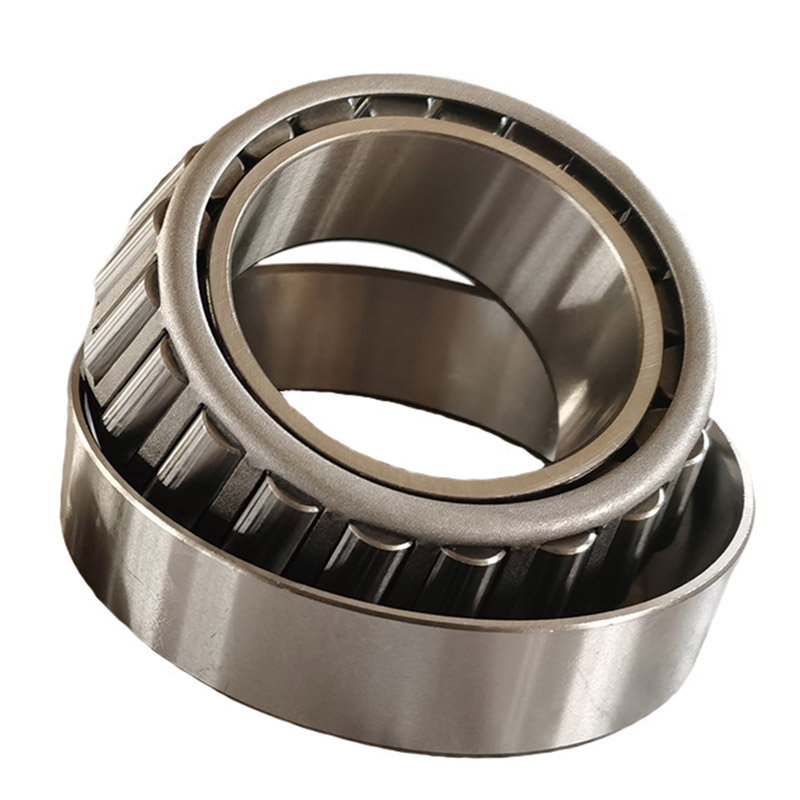What are the difference between ball bearings and roller bearings?
When it comes to understanding the mechanical components that keep our world in motion, bearings play a vital role. Whether you're a seasoned engineer or simply a curious individual looking to gain insights into the world of machinery, you may have wondered about the differences between two crucial types of bearings: ball bearings and roller bearings. In this comprehensive article, we delve into the intricacies of these mechanical marvels, shedding light on their unique features, applications, and advantages.
Ball Bearings: The Precision Spheres
Ball bearings, as the name suggests, consist of spherical balls that facilitate smooth rolling motion within a mechanical system. These bearings are renowned for their precision and ability to reduce friction, making them an integral part of countless machines and devices.
The Anatomy of a Ball Bearing
A ball bearing comprises several key components:
Outer Ring: The outer ring, also known as the outer race, serves as the outermost part of the bearing and often has a groove to maintain ball alignment.
Inner Ring: The inner ring, or inner race, is positioned within the outer ring and houses the balls, ensuring they move smoothly.
Balls: The spherical balls, typically made of steel, are evenly spaced within the bearing and enable the rolling action.
Cage: The cage, also called the retainer, holds the balls in place and prevents them from colliding with one another.
Applications of Ball Bearings
Ball bearings find extensive use in various applications, such as:
Automotive Industry: They are employed in wheels, transmissions, and engines to reduce friction and enable smooth rotation.
Aerospace: Ball bearings are crucial for aircraft components, ensuring the reliability of mechanical systems.
Industrial Machinery: Manufacturing and processing equipment often rely on ball bearings for precise operation.
Consumer Electronics: Devices like hard drives and electric fans use ball bearings for quiet, efficient performance.
Roller Bearings: The Load-Bearing Workhorses
Roller bearings, on the other hand, employ cylindrical or tapered rollers to distribute the load evenly across a larger surface area, making them ideal for applications with heavy loads and high radial forces.
Anatomy of a Roller Bearing
Similar to ball bearings, roller bearings consist of several key components:
Outer Ring: The outer ring in roller bearings serves the same purpose as in ball bearings, providing structural support.
Inner Ring: The inner ring houses the rollers and ensures their smooth rotation.
Rollers: These Cylindrical roller bearings or tapered rollers come in various designs, each suited to specific load-bearing requirements.
Cage: The cage, like in ball bearings, prevents roller contact and maintains proper spacing.
Applications of Roller Bearings
Roller bearings are found in applications that demand robust load-bearing capabilities, such as:
Construction Machinery: Cranes, bulldozers, and excavators rely on roller bearings to handle heavy loads and rough terrain.
Railway Systems: Trains and railway components use roller bearings to cope with the significant forces and vibrations during operation.
Mining Equipment: Underground mining machinery depends on roller bearings for reliable performance under extreme conditions.
Wind Turbines: The enormous forces generated by wind turbines are managed efficiently by roller bearings.
The Key Differences Roller Bearings vs. Ball Bearings
Now, let's highlight the key differences between ball bearings and roller bearings:
1. Load Capacity
Ball Bearings: While they are excellent at reducing friction, ball bearings have lower load-bearing capacities compared to roller bearings. They are suitable for lighter loads and high-speed applications.
Roller Bearings: Roller bearings excel in supporting heavy loads, making them the preferred choice for applications with substantial radial or axial forces.
2. Friction
Ball Bearings: Due to their small contact area, ball bearings exhibit less friction, resulting in smoother operation and increased efficiency.
Roller Bearings: Roller bearings have a larger contact surface, which can generate more friction but allows them to handle heavier loads effectively.
3. Speed
Ball Bearings: They are ideal for high-speed applications, thanks to their reduced friction and smoother rolling action.
Roller Bearings: While roller bearings can handle high speeds, they may not be as efficient in this regard as ball bearings.
In the world of machinery and engineering, the choice between ball bearings and roller bearings is crucial. Ball bearings offer precision and reduced friction, making them perfect for high-speed, low-load applications. On the other hand, roller bearings excel in heavy-load scenarios, where their ability to distribute weight evenly is invaluable.
Understanding the differences between these two types of bearings empowers engineers and designers to make informed decisions, ensuring optimal performance and reliability in their applications.
So, whether you're designing the next generation of automotive engines, constructing skyscrapers, or innovating wind energy solutions, the choice between ball bearings and roller bearings will be a critical one, shaping the future of your mechanical masterpiece.
599
0
0



Comments
All Comments (0)